Normally I spend months (or years) collecting data for an article, and then I triple check it, write it up, sit on it for a few more months, do the research again, triple check it and then post it to this blog. That was pretty much the process for my articles on edgings and plaids. I have one pet-project that I have been working on far longer than any of these, but I intended to weave samples of the items before posting so I held off sharing my research. With the addition of 3 Savannah kittens under 2 years old to my house, weaving has been put on hold so I am going to go ahead and share the preliminary collection of data from this research now (in a truly unfinished form).
There is this perpetual idea among reenactors that if clothing is not covered from hem to hem in embroidery, that it is some how bland, dull or will be "cookie cutter Viking" (meaning that everyone will look alike). The fact is that we have very little in the way of Viking Age embroidery (and some of it, such as the metal thread Valsgard items, are considered likely to be imported goods). My own opinion is that the items like wallhangings are far more durable, and will last generations, while an embroidered garment would not last nearly as long due to wear (and would then be limited to only the highest levels of society). Further, there were ways, in period, of decorating the cloth itself that do not take too much additional time on behalf of the weaver. We see ribbed textiles as well as those with warp or weft floats. These techniques can provide texture and interest in a garment in less time than embroidery or other more complex methods of adornment.
Some textiles are woven in more complex brocade or tapestry techniques to create patterns. These can be as simple as rows of soumak weaving to form bands or diagonal lines, or detailed brocade styles such as krabbasnår or tapestry techniques to form complex patterning. Below I will share some of the items I have found so far into my research on this type of textile from the Viking Age. Note that here I am only collecting data for wider textiles, and not bands woven in this technique.
Oseberg
Tapestry
There are many fragments of one (or possibly more) woven tapestries that depict a procession of some sort. This work had a wool warp and wool soumak and supplimentary weft and likely a linen weft which is now gone, it also had tablet woven borders. This work was narrow and might well have been woven on the Oseberg frame loom. (Images from Unimus.no)
While it is hard to know the full usage of these items, they are considered to be home goods (coverlets, wall-hangings, possibly cushion covers) be those who have examined them.
Birka
Below is a chart of the tapestry and brocade textiles listed in Birka III (Geijer) and Textilien und Tracht in Haithabu and Schleswig (Hägg). I hope to soon make a separate post detailing what information I can find on these items.
Hedeby
Scar Boat Burial, Scotland
Additional Norwegian Finds
Överhogdal Tapestry: This item has been dated to the very end of the Viking Age. There is a great deal of information on this amazing work here: https://www.jamtli.com/en/exhibitions/overhogdalsbonaderna/
Peripheral Finds
Saxon: Cloth and Clothing in Early Anglo-Saxon England (Penelope Walton Rogers) has a section dedicated tapestry and soumak weaves. Soumak shows up at Sutton Hoo and Taplow, with both basic forms and in combination with blocks of tapestry weave, the latter of which are compared to Valsgarde 8, Birka and Oseberg.
I also occasionally come across items with little or no provenance for which I would love have the details. An example is this image (below), which is described as Slavic embroidery, but it looks very much to me like it could be woven work. I would absolutely love more information either way.
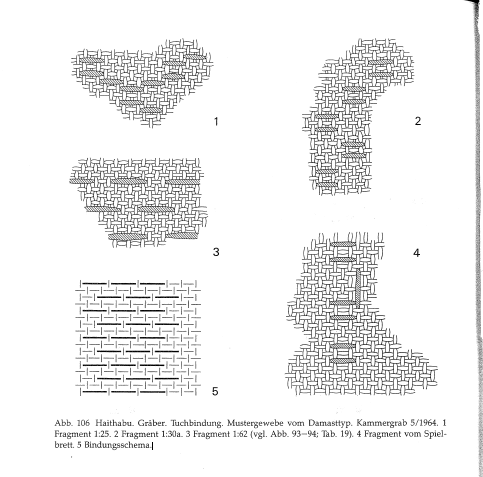
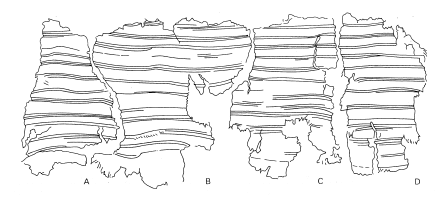
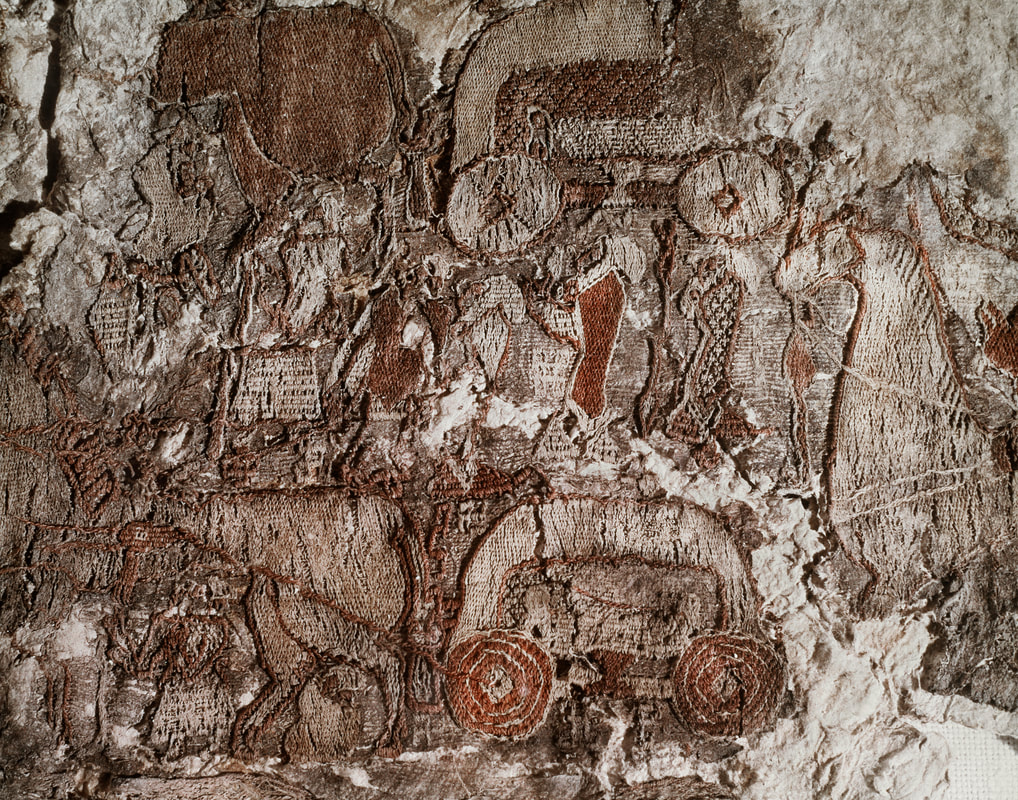
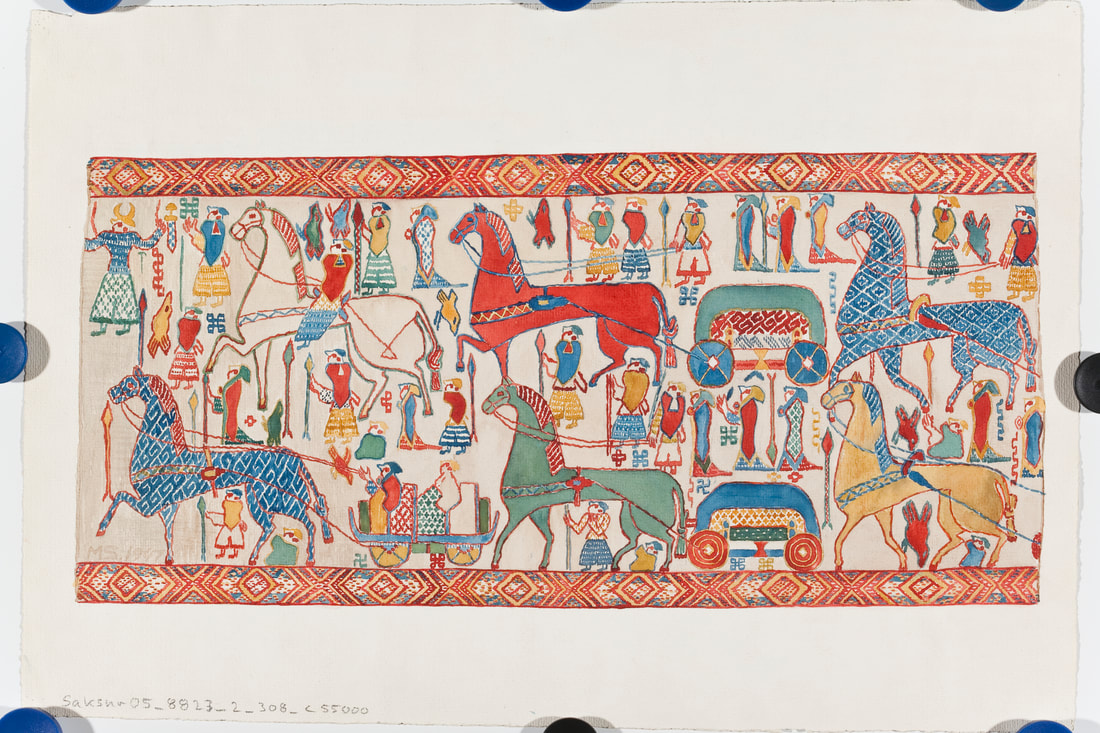
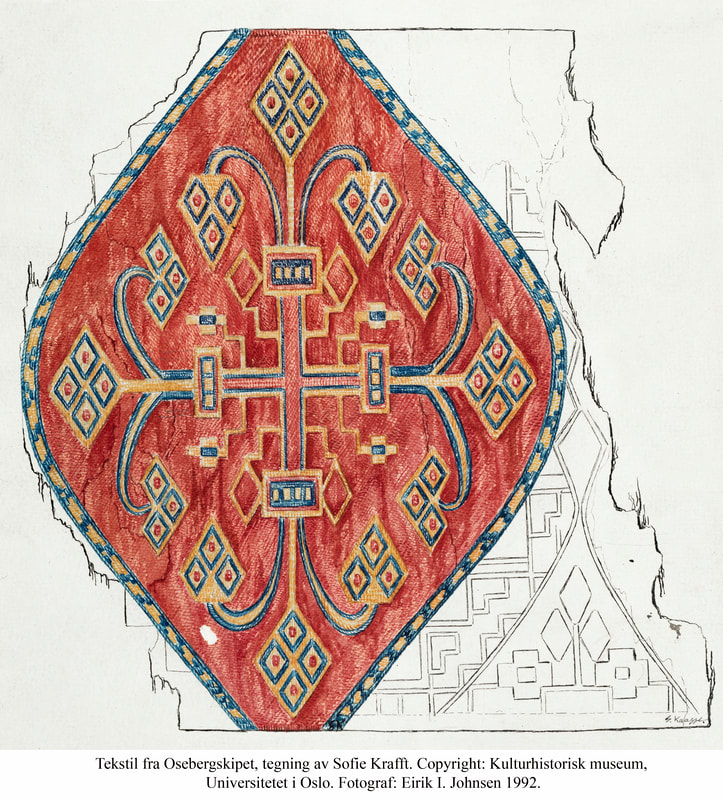
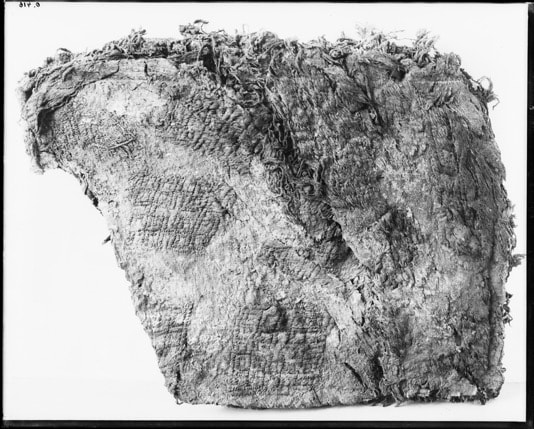
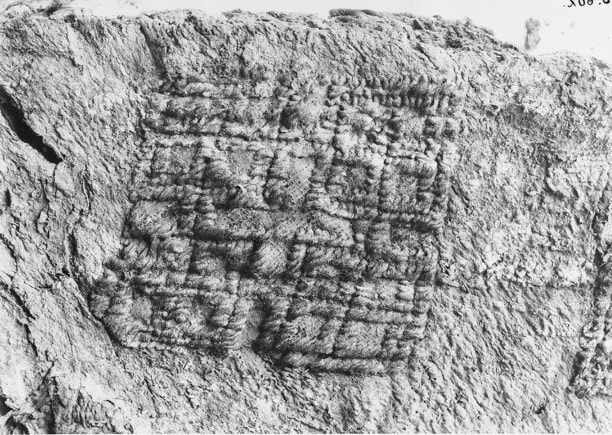
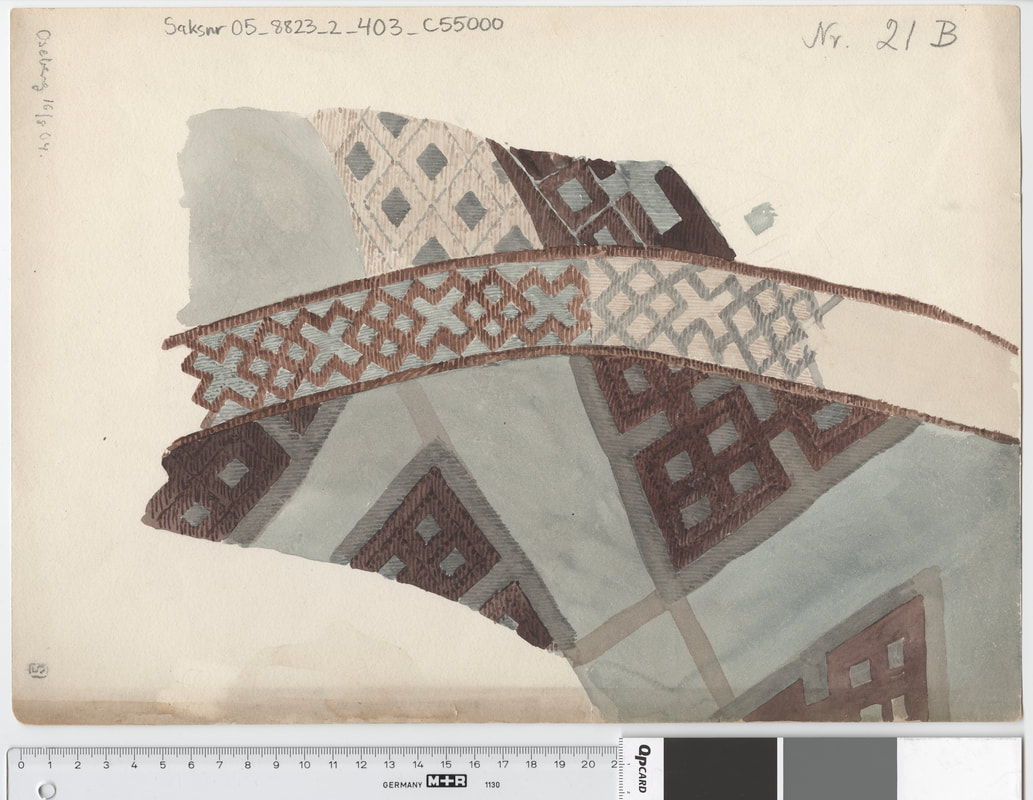
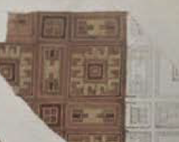
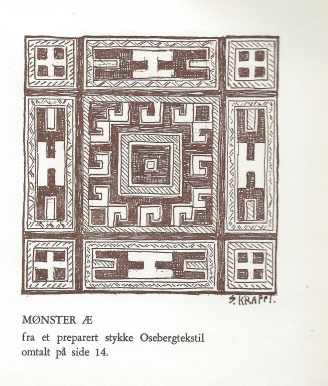
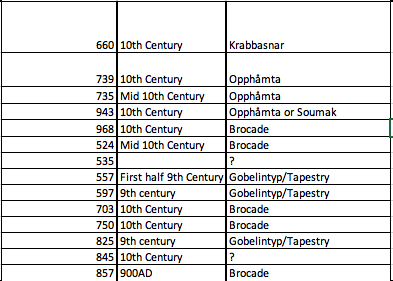
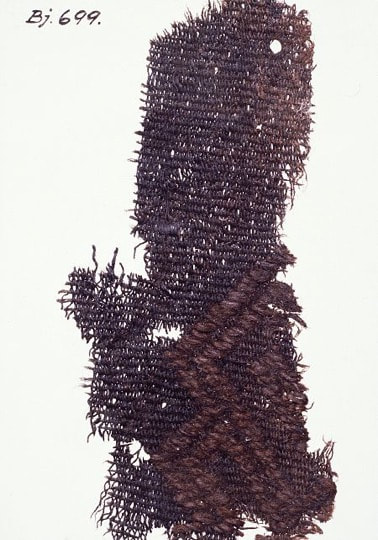
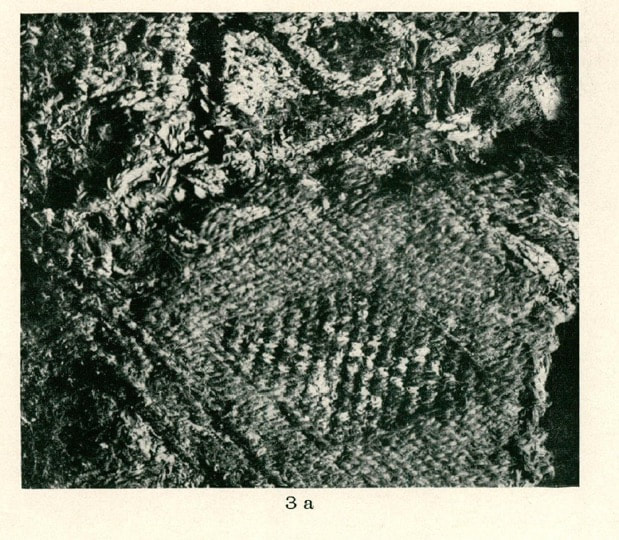
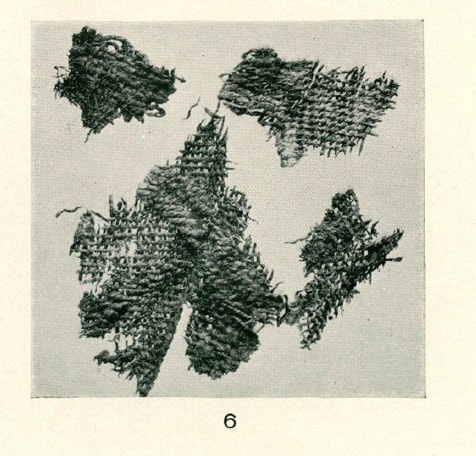
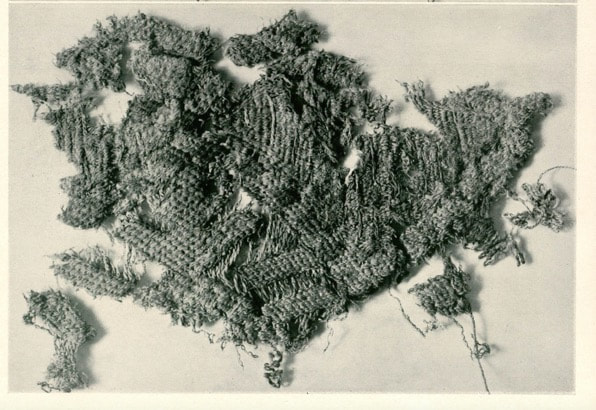
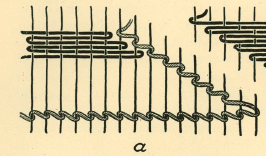
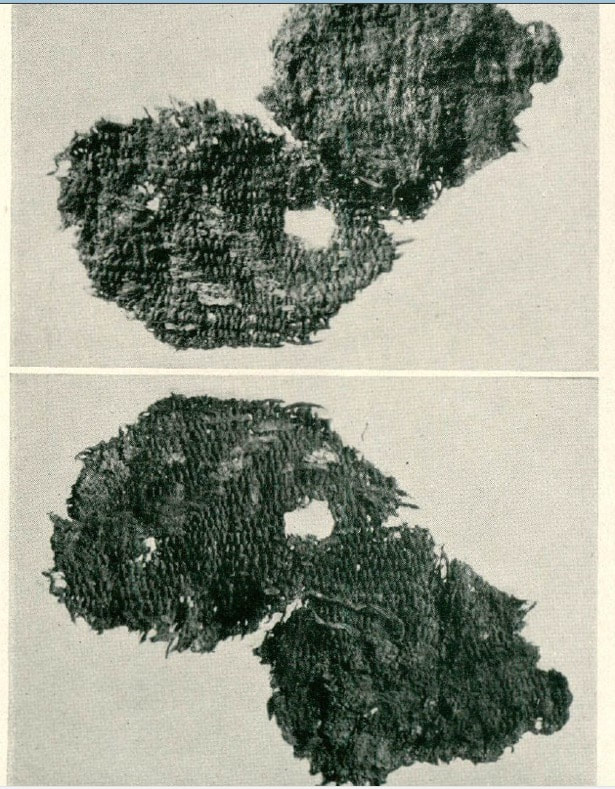
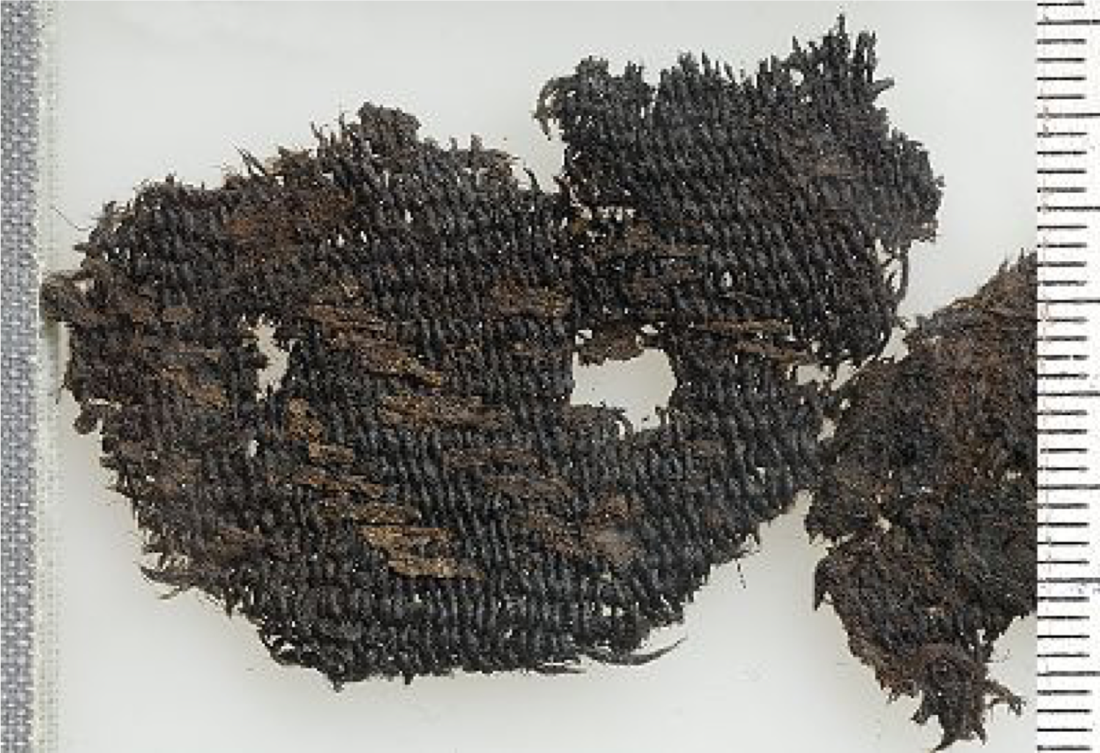
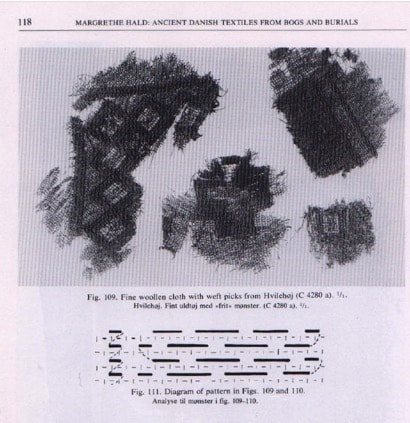
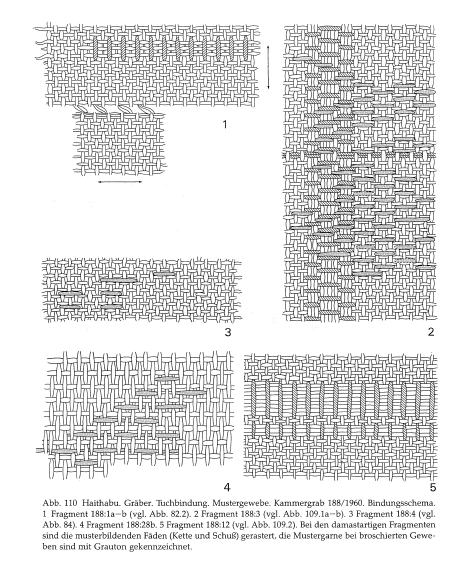
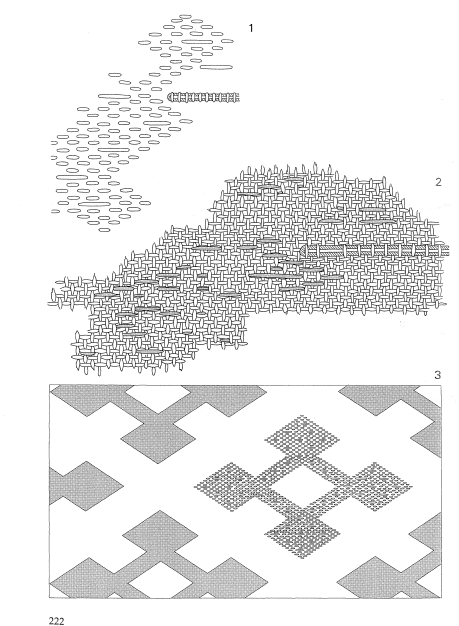
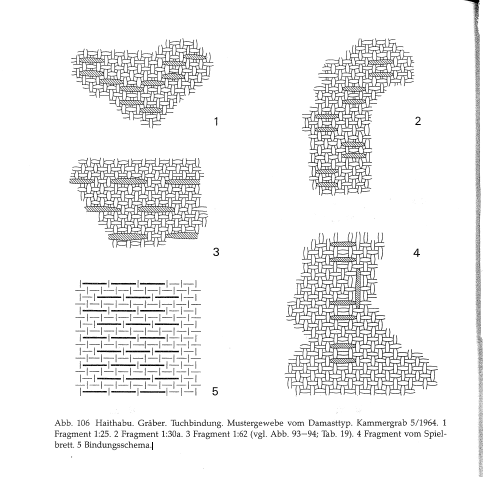
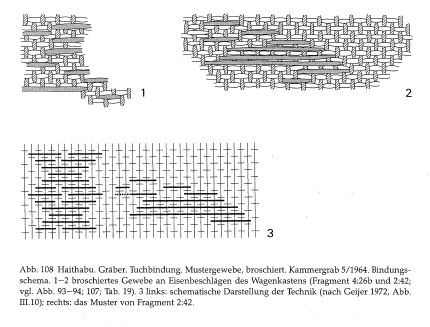
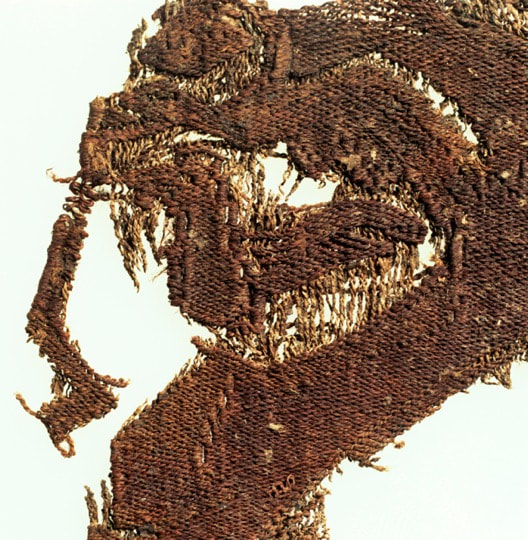
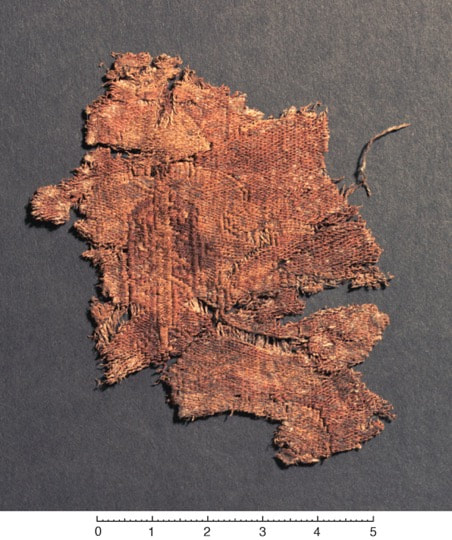
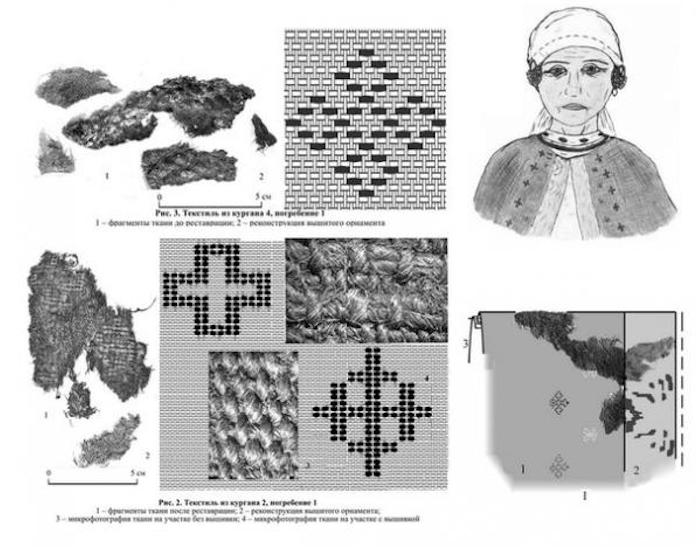
 RSS Feed
RSS Feed